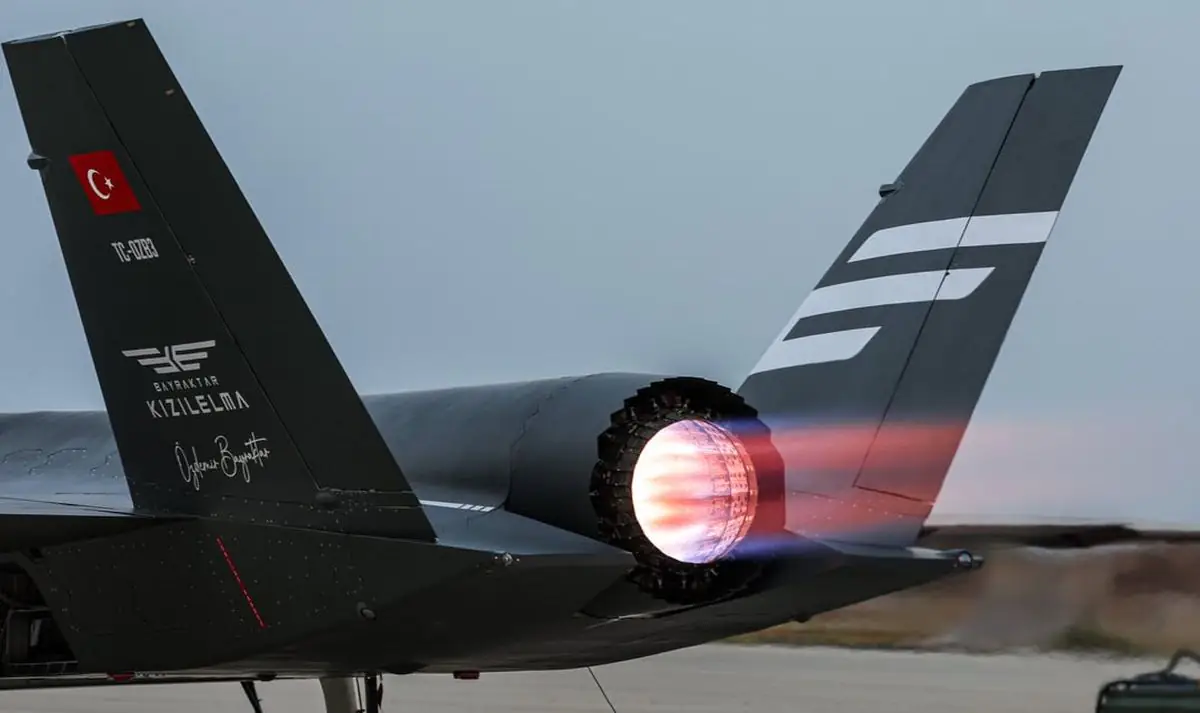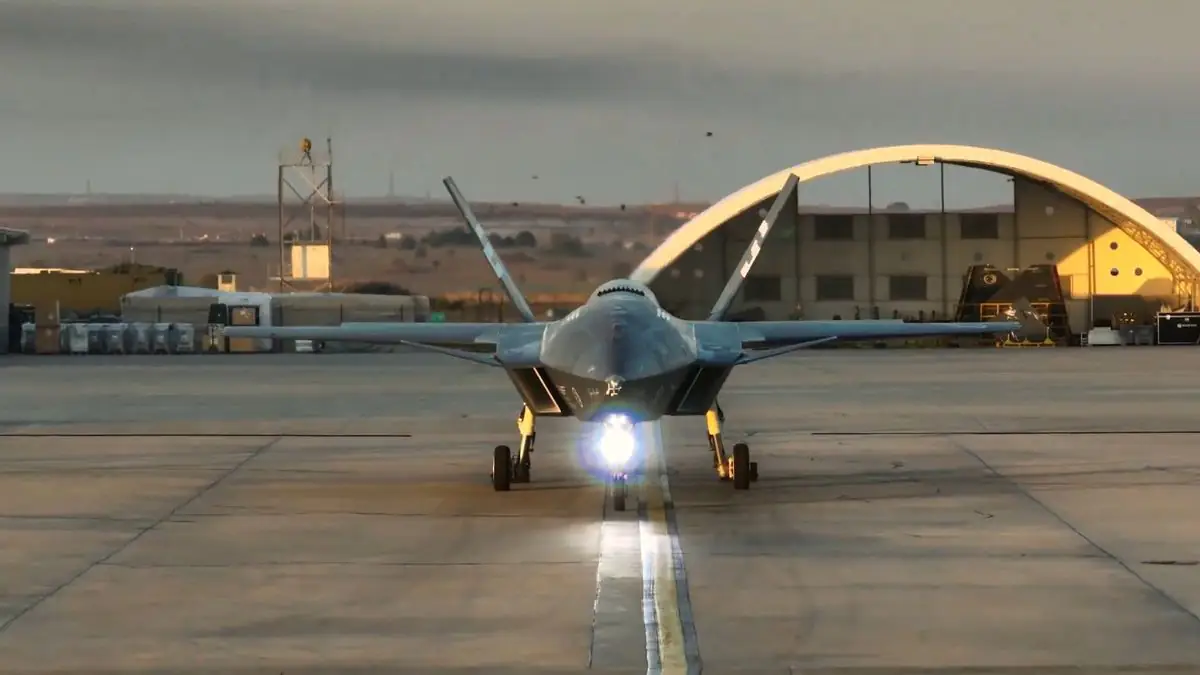The serial prototype of the Turkish drone Kizilelma took to the skies for the first time recently, featuring some notable changes. The new design matched what a delegation from the Kingdom of Saudi Arabia saw during their diplomatic visit to the Baykar factory. According to company representatives, this is already the third prototype, and it showcased “significant structural and aerodynamic differences” from the original.
The photos and videos reveal design differences that may even affect operational performance. Among the changes are a new engine with an afterburner, structural modifications, and aerodynamic enhancements to improve efficiency. The manufacturer also noted adjustments to the avionics architecture. According to the press release, the flight was conducted with an alternative engine that will enable the Kizilelma to approach the speed of sound and maneuver much better at high speeds due to the aerodynamic improvements.

This drone, along with the Turkish Anka-3 drone manufactured by Turkish Aerospace Industries, is being promoted as an “assistant” designed for joint manned and unmanned operations (Manned-Unmanned Teaming, MUM-T) with the fifth-generation stealth fighter KAAN. In addition to the Anka III, Baykar TB-3, and the naval version of Hurjet, the Kizilelma is also intended for use from the amphibious assault ship TCG Anadolu.
Previous reports have also indicated that the developer is enhancing some of its “artificial intelligence functions” for “autonomous” combat operations with “minimal” human intervention. The aircraft is set to be produced in three versions: the subsonic Kizilelma-A, the supersonic Kizilelma-B, and the twin-engine Kizilelma-C.
Bayraktar #KIZILELMA PT-3 Üretim Prototipi ✈️🚀🍎
✅ İlk Uçuş Testi
✅ First Flight Test#MilliTeknolojiHamlesi 🌍🇹🇷 pic.twitter.com/zKfJ5xdjbf— BAYKAR (@BaykarTech) September 25, 2024
In the video of the first flight, the UAV is seen maneuvering on the runway before takeoff. As is typical for the inaugural flight of a prototype, the aircraft has its landing gear extended. Thermal imaging, possibly from an unmanned chase aircraft or another drone, captured the Kizilelma flying over a large city before returning to the airfield.

The upper part of the engine air intake on the previous prototype was level with the fuselage, but now it is tilted downwards. This also marks a departure from the streamlined design of the wing and body characteristic of the first prototype. The top of the fuselage, the engine, and the assembled wing appear slightly separated and distinct from each other. A more pronounced bulge at the front of the fuselage may be intended for housing the MURAD-200A AESA radar. It was previously reported that this radar had been integrated into the Akinci and is also “critically important for the Kizilelma, KAAN, Hurjet, and Anka-III platforms.”
One of the most noticeable differences is that the actuators controlling the control surfaces are now concealed within the tail section. This feature was already observed during PT-3 testing in July. Other previous ground tests included “automatic acceleration during takeoff and wheel lift-off.” The new Ukrainian AI-322 engine will enable the Kizilelma to achieve supersonic speeds and maneuver better at high speeds due to aerodynamic improvements.

Meanwhile, the MURAD 200-A AESA radar provides enhanced situational awareness, aiding in the execution of “complex missions.” The third prototype also features protection and survivability measures, such as the KARAT-100 infrared search and tracking system and the TOYGUN-100 electro-optical tracking system, both developed by Aselsan. Other reports from the Turkish defense ministry also mention the presence of a Distributed Aperture System (DAS) and the IRIS Missile Approach Warning System (MAWS).
Source: theaviationist








